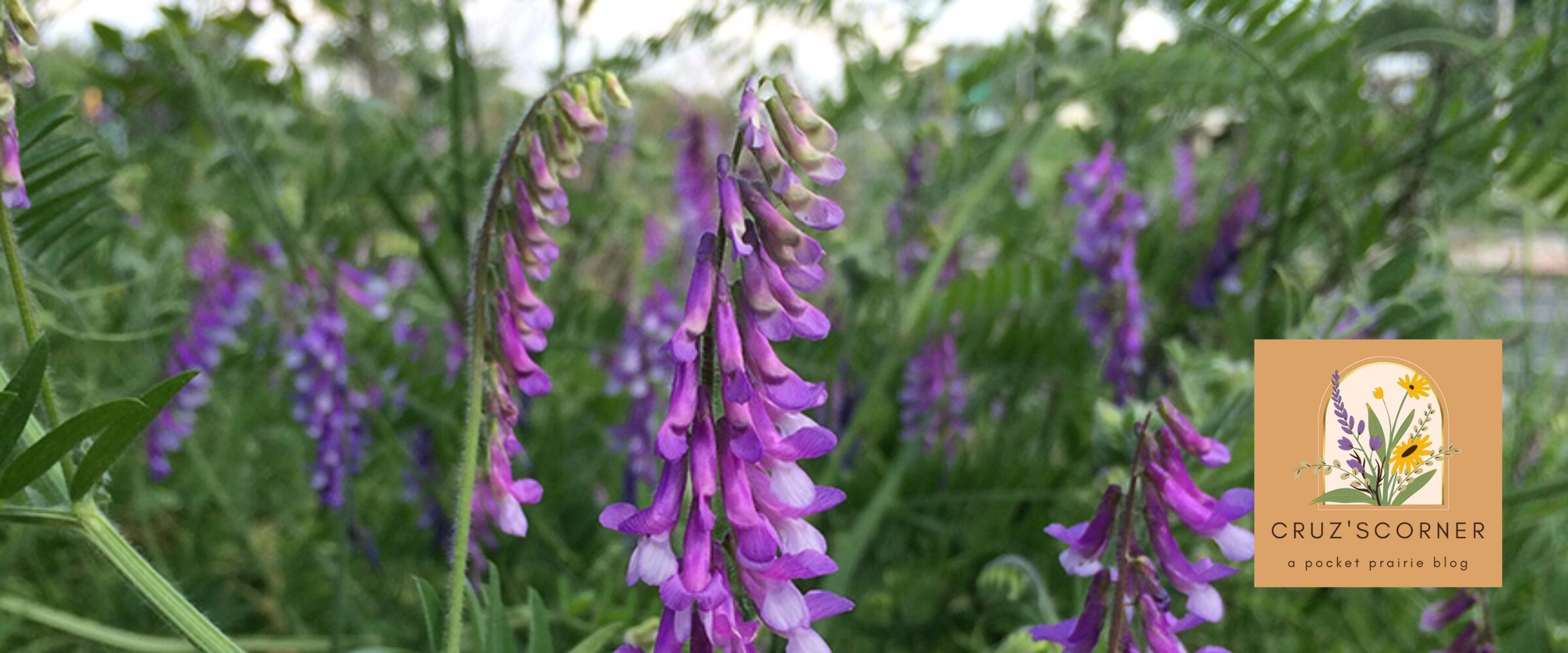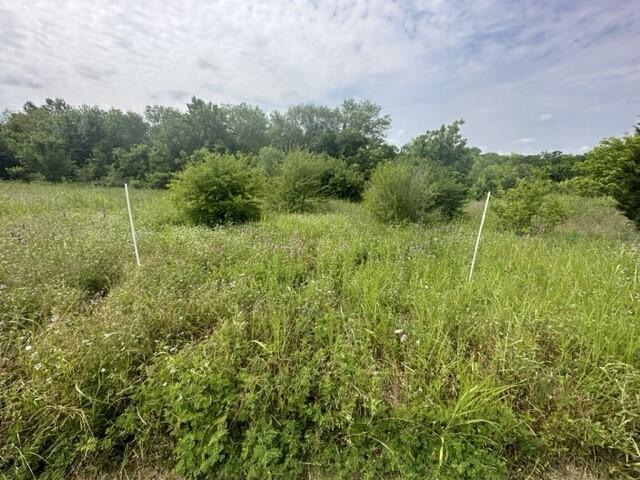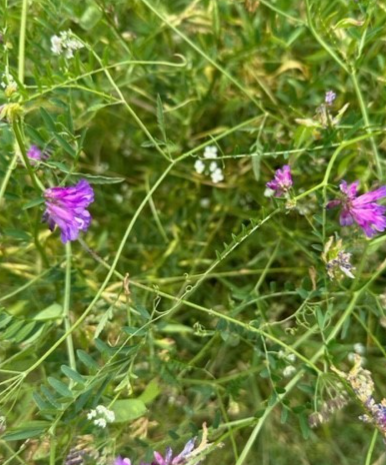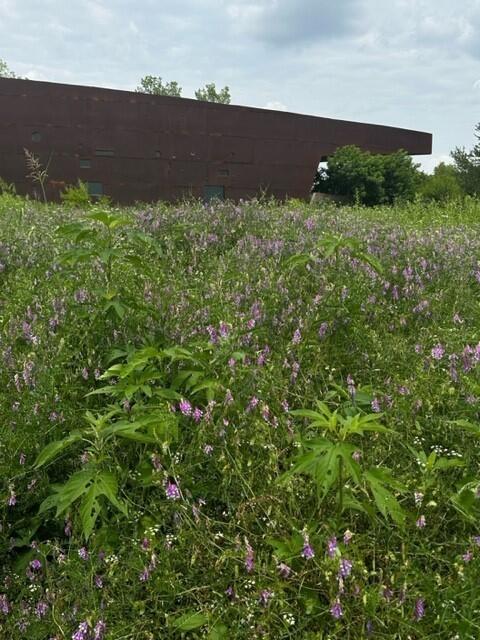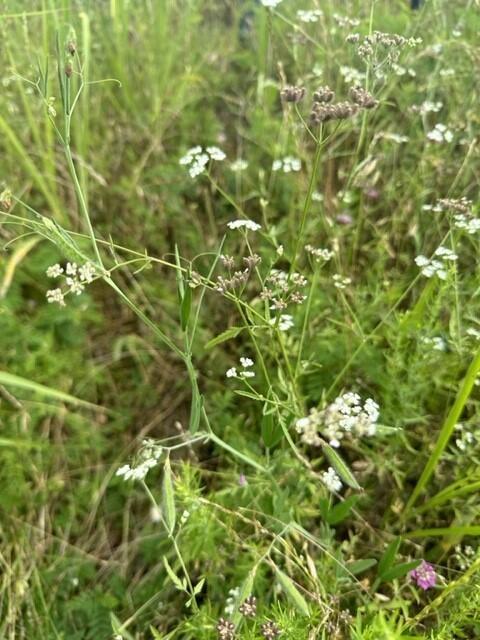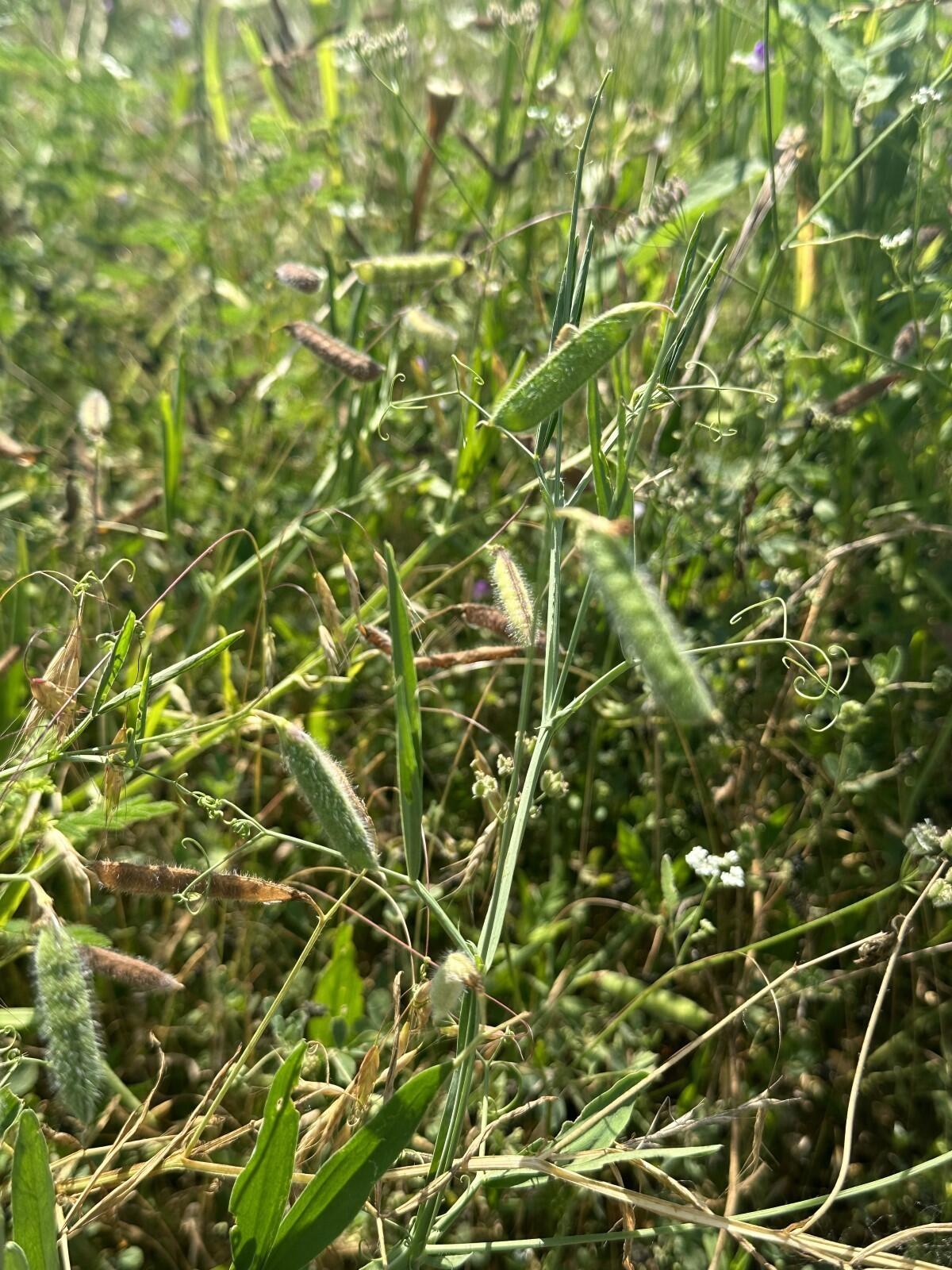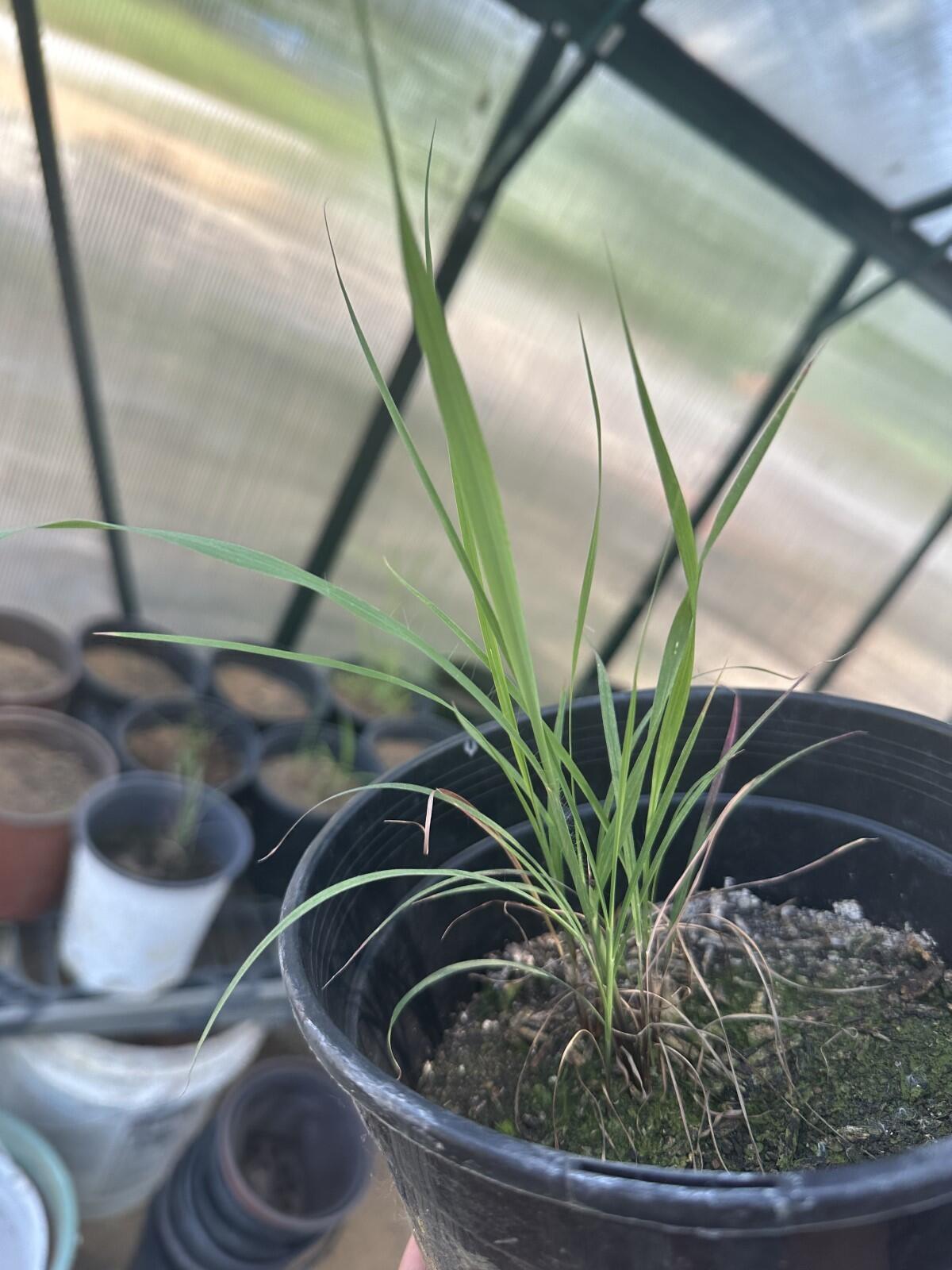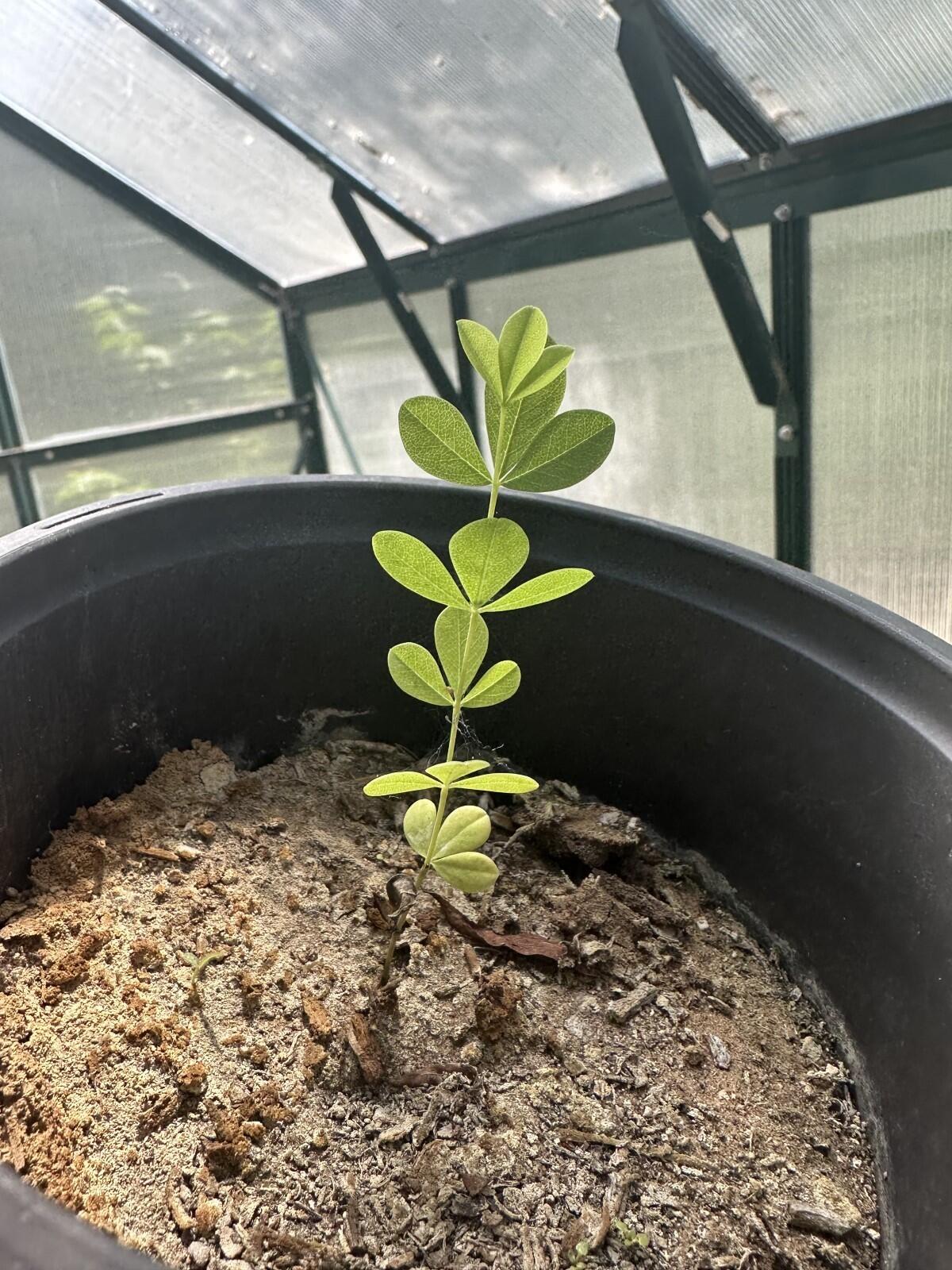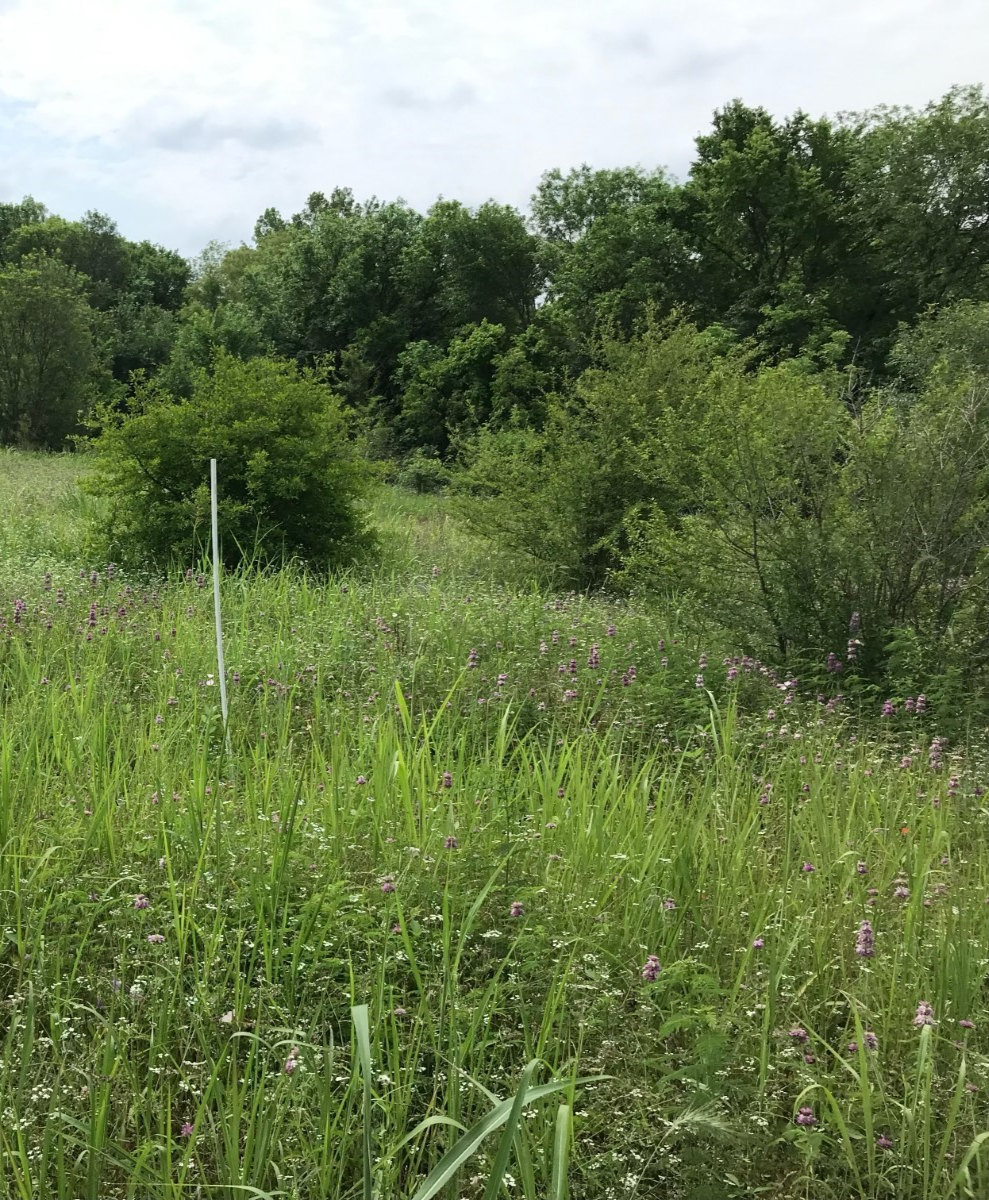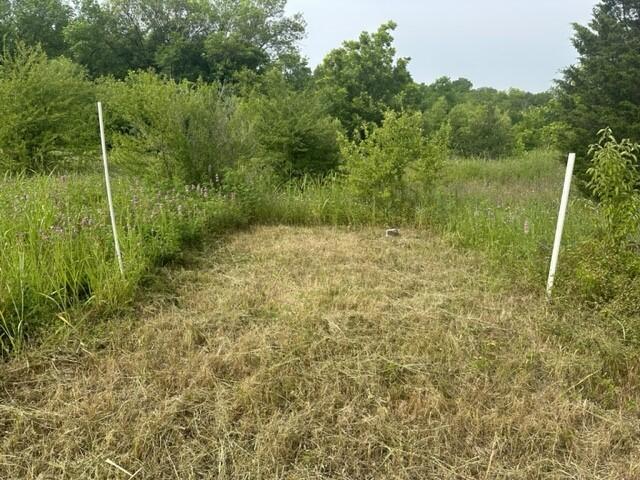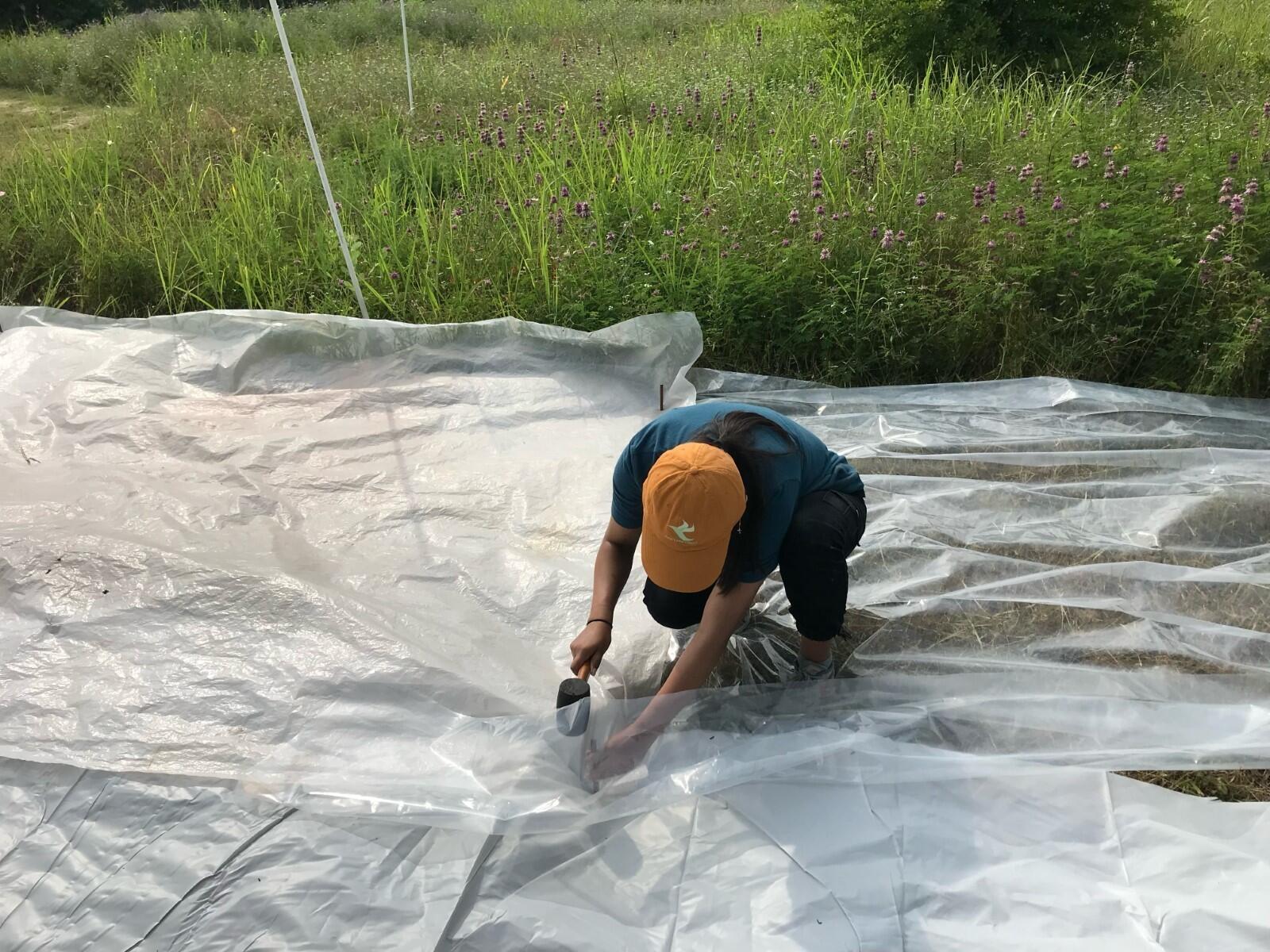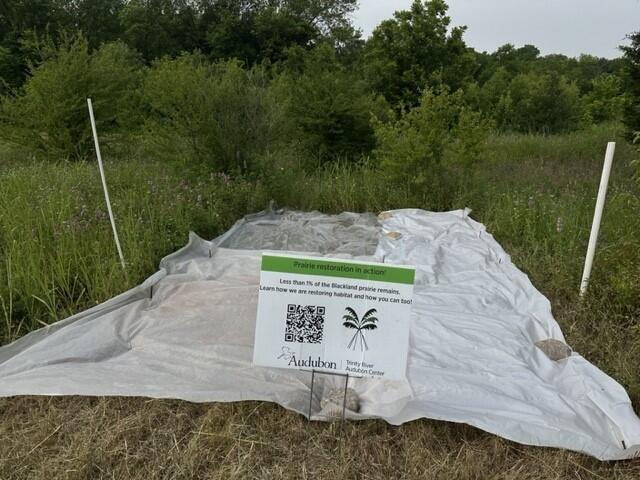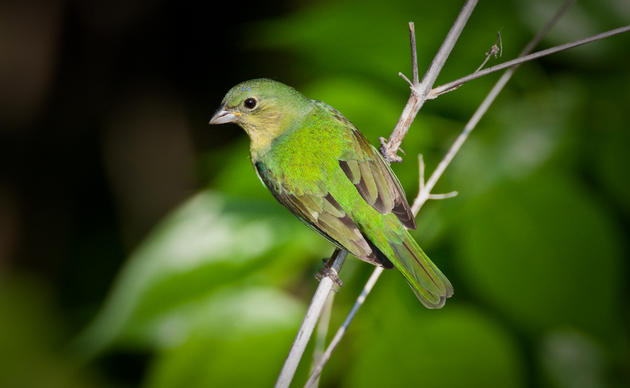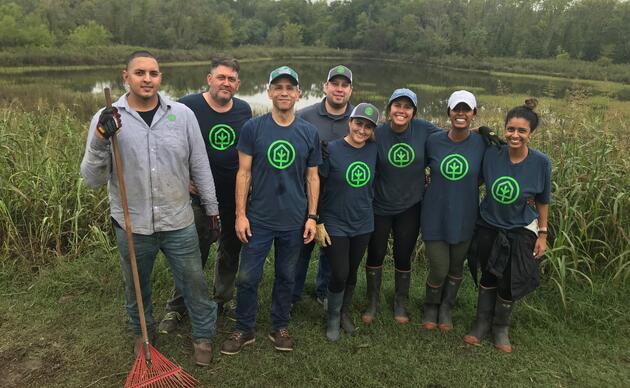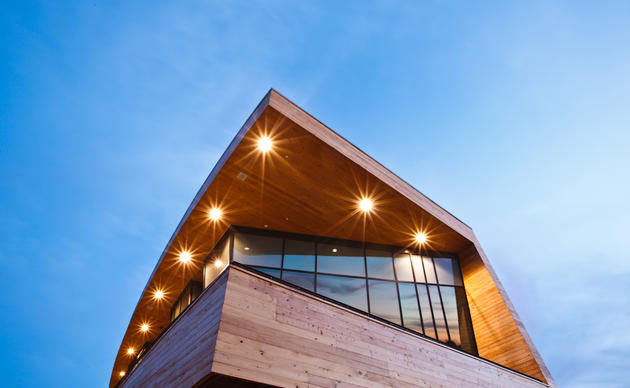Hello there! My name is Jacqueline Cruz, and I am currently working at the Trinity River Audubon Center as a summer intern. So, what is this blog about? Well, my goal is to show you how you don’t need acres and acres of land to create a thriving prairie ecosystem to benefit birds and insects. In my case, I will be working on two plots of land, each measuring about 250 square feet each. Yours does not have to be this big. If you recreate the steps I have listed, you should be on your way to having your own pocket prairie. Now, I will be showcasing two methods for creating your own prairie and you can choose which one will be better for you!
If you already have a good starting place (meaning, you already have an array of native plants) then my first method I like to call Dig N’ Switch will likely work best for you.
The second method I will be using is called Solarization. If you have not heard of this, it essentially requires a plastic tarp to kill off the vegetation with high temperatures so that we are able to plant from scratch. So, if you have few to no native species, then this will be a great place to start!
Dig N’ Switch
For Dig N’ Switch, I began with determining what species of plants were invasive and which ones were native in my plot of land. I am certainly not an expert who can differentiate between them, so I like to use this amazing app called Seek by iNaturalist that helps you identify what a plant, insect or animal is! Knowing what is there before starting is key, it will be easier to determine which plants we want to keep around, and which ones we want to remove.
In my little pocket prairie, I will be keeping Eastern Gamma grass, Little Bluestem, Lemon Beebalm and Illinois Bundleflower, that have already been well established. Little Bluestem is one of the grasses I am most excited to have in my prairie. Not only is it a food source for birds, caterpillars and other small mammals, but it also provides shelter and cover from predators. Illinois Bundleflower is a drought-tolerant native plant to southern states, and northern Mexico. This plant is awesome because it helps rebuild soil!
If there is anything conservationists hate, it would be invasive plants. Why? Well, let me tell you.
Invasives compete with native plants, and completely take over entire areas, reducing biodiversity and altering entire ecosystems and habitats. That’s dangerous, especially for the critters that rely on these native plants to continue their life cycle.
Look at these beautiful purple vetch plants! To the common folk, this is just a beautiful flower blooming during spring, however, do not let it fool you for it is invasive and yields the power to overtake empires (other vegetation) using their tendrils. In doing so, they create a monoculture as seen in the images below.
In Cruz’s Corner, I will be removing this Hairy Vetchling and another common invasive, Common Hedge Parsley. I consider both my enemies and replacing them with natives like Big Bluestem and False Indigo will prevent them from coming back.
For the Switch portion of this method, it is essential to already have an idea of what native plants you want to plant. If you have no clue as to what plant is considered native to your area, I suggest using this great search engine Plants for Birds that recommends native plants according to your zip code!
Solarization
The solarization method is a better option for those who do not have many native species to start. This method requires you to mow or weed-whack the preexisting vegetation, lay down a plastic tarp (you can even use a trash bag or cardboard) and anchor it down. Since time is a limiting factor, instead of removing the tarp after 6-8 weeks, I will be removing it in about 3 weeks (enough to kill the vegetation underneath, especially with the Texas heat!)
How you can help, right now
Volunteer With Us
Give back, use your skills, and learn more about the wild side of Dallas by volunteering with us.
Support Our Center
Conservation and outdoor education along the Great Trinity Forest and the Trinity River.

